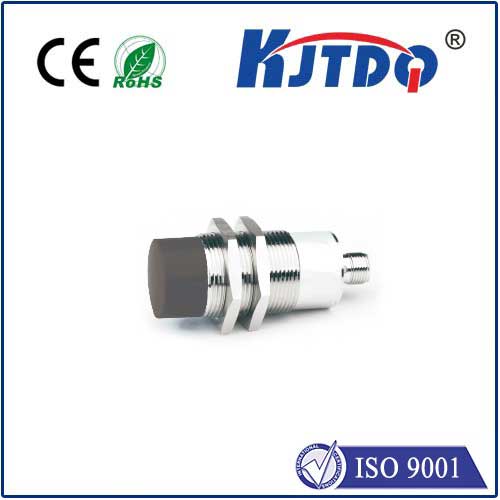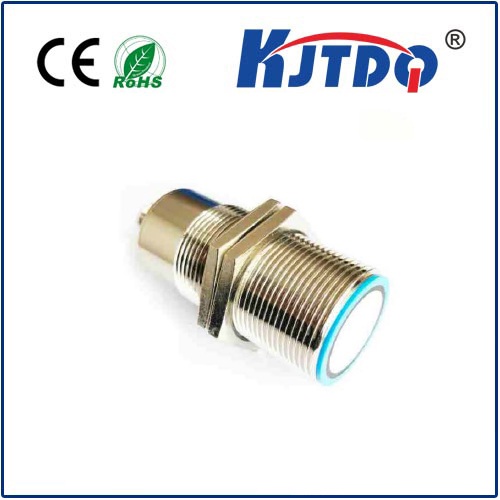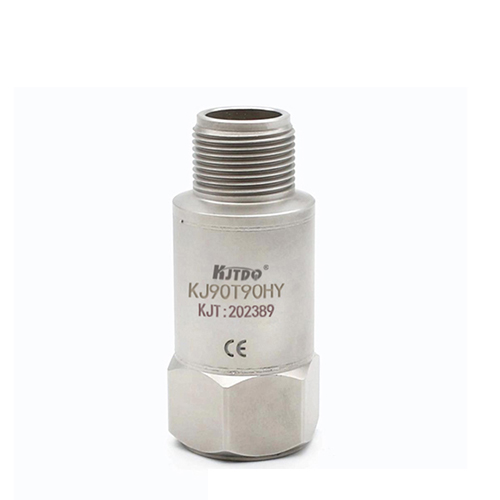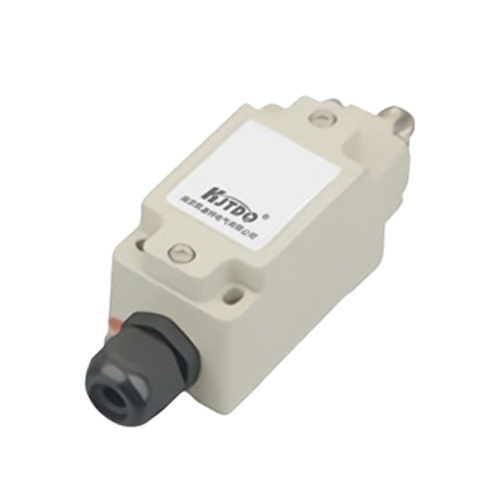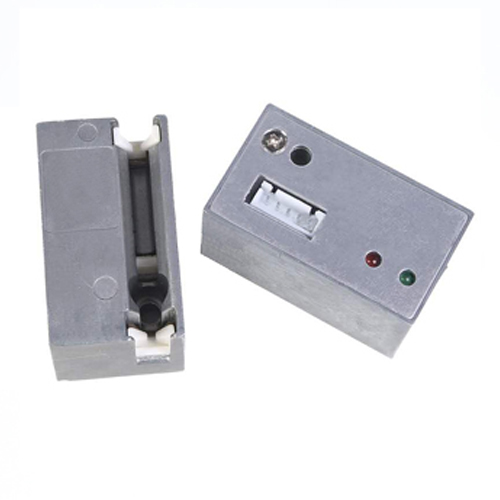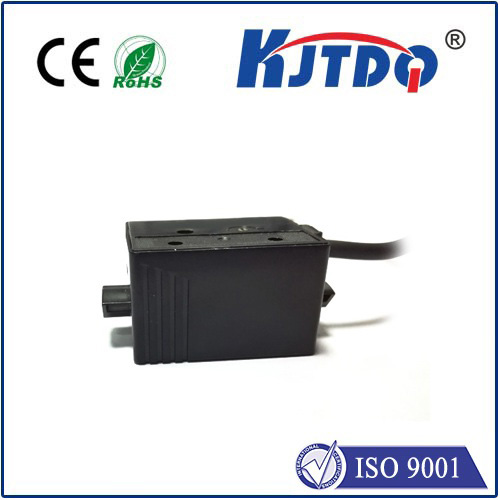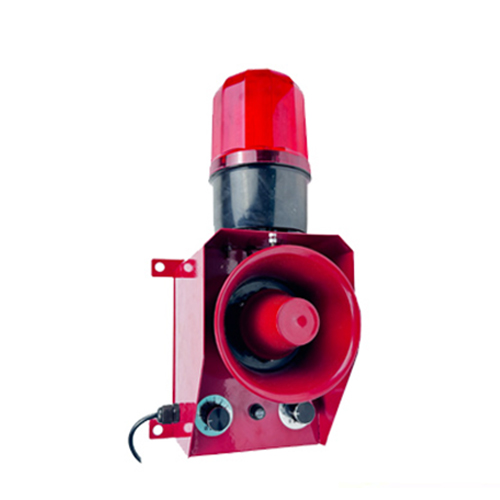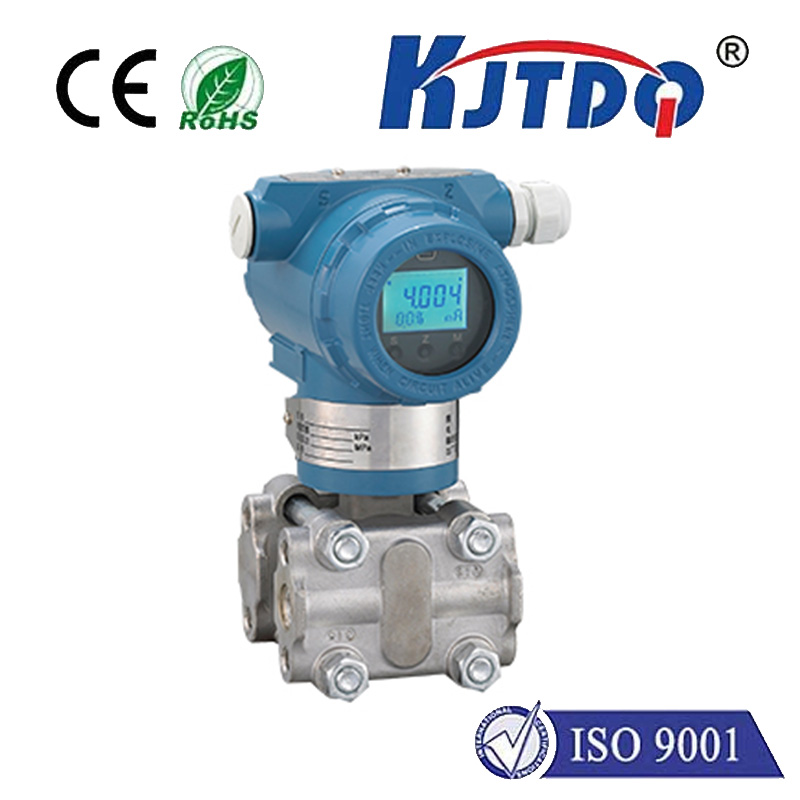

check

check

check

check

check

check

check

check

check

check
Introduction: In today's technologically advanced world, proximity sensors have become an integral part of various devices. These sensors are designed to detect the presence or absence of objects at a certain distance, making them useful in numerous applications. This article discusses the different types of proximity sensors available, their characteristics, and common applications.
Chapter 1: Ultrasonic Proximity Sensors
Ultrasonic proximity sensors use high-frequency sounds to measure the distance between two objects. They are non-intrusive, low-cost, and can detect objects from a considerable distance. However, their accuracy is limited by obstacles such as walls, glass, and metal. Common applications include automatic door systems, parking sensors, and object tracking.
Chapter 2: IR Proximity Sensors
Infrared (IR) proximity sensors work by measuring the reflected infrared radiation emitted by objects. They are highly accurate and can detect small changes in temperature. However, they require line-of-sight and are not suitable for outdoor use. Common applications include security alarms, access control systems, and industrial automation.
Chapter 3: Laser-Based Proximity Sensors
Laser-based proximity sensors emit a laser beam and use the time it takes for the beam to reflect back to determine the distance between two objects. They offer high accuracy but are expensive and require proper alignment. They are commonly used in industrial automation, robotics, and medical devices.
Chapter 4: Capacitive Proximity Sensors
Capacitive proximity sensors work by measuring the capacitance generated by two conductive plates when they come into contact. They are inexpensive and easy to implement but suffer from poor accuracy due to variations in dielectric constant and surface roughness. Applications include touch screens, gesture recognition systems, and gaming controllers.
Conclusion: Each type of proximity sensor has its unique features and strengths that make it suitable for specific applications. By understanding the characteristics of these sensors, engineers can choose the appropriate one for their projects based on factors such as accuracy requirements, cost, and environment. As technology continues to advance, we can expect even more sophisticated proximity sensors to emerge, further enhancing our daily lives.
